Container Gardening: How To Grow Vegetables Without A Backyard

Most people in the city are living in apartments with small balconies or houses without a backyard. Some don’t even have a balcony and the space is very limited. Without a backyard, can we still grow vegetables? With container gardening, the answer is yes. It is actually more fun, more practical and easier to grow vegetables in containers. Container gardening refers to growing vegetables, flowers or plants in pots or containers when space is an issue. If we know how to pick the right plants, we will be able to create a vegetable garden with a bountiful harvest, no matter our space constraints.
There are big advantages to container gardening:
- It saves water.
- Sunlight is not a problem as pots or containers can be moved easily when the sun is too strong or when sunlight is needed.
- There are fewer pest issues.
- There are fewer or no soil-borne issues such as fungus and bacteria.
- Less weeding work is needed.
- It’s low maintenance.
Container Material
There are many type of containers we can choose from. Each has its advantages and disadvantages.

- Clay, terracotta or porcelain containers are beautiful and must be handled with care as they are breakable.
- Cast concrete is long-lasting but it is heavy and therefore cannot be moved easily.

- Plastic and fiberglass pots and planters are very lightweight, cheap, and they come in different sizes and shapes. Due to the light weight, they can be moved around easily.
- Polyurethane foam containers are very sturdy and long-lasting. They provide very good insulation to the roots, protecting them against both hot and cold temperatures. Therefore, polyurethane foam containers are suitable for outdoor planting.
- Wood is a good choice to use as gardening container as it protects roots from rapid temperature swings. However, if wooden containers are left in an area for a long period of time, they tend to be difficult to move.
- Metal containers can be very nice but they conduct heat and can burn the roots of the plants. To prevent this, line the container with plastic first before planting.
Bear in mind that darker colours such as black absorb more heat. They may make the soil too warm when the sun is very strong.
Container Size

As a general guideline, the bigger the pot, the better it is. A bigger pot can hold more soil and thus the water does not dry up so quickly compared to smaller pots. Therefore, it requires less watering. The best size to begin with is a container that is at least 10 inches wide and 12 inches deep. Large flowerpots, half barrels, plastic-lined bushel baskets, window boxes, planters, and large containers (like 5-gallon buckets) are also fine. However, the size of the container very much depends on the plant we choose to grow. For example, tomatoes or cucumbers will need a container that is at least 20 inches wide.
Container Drainage
Regardless of the materials or sizes chosen, one very important thing we must be aware of is the drainage of the container. Without drainage or with poor drainage, there may be too much water in the soil and the vegetables may die.
To prevent soil from washing out of the container, a layer of paper towel or newspaper can be used over the holes before putting in the soil. To reduce the amount of soil needed when the container is too deep, we can always put a layer of gravel or Styrofoam in the bottom of the container.
Soil

The best soil to use for container gardening is organic potting mixes made for containers. Use potting mixes that are fluffy, as they drain better. It is not recommended to use soil from the garden as it is too heavy and can become water-logged. Sometimes soil from the garden can be contaminated by diseases and insects which are a threat to the plants.
Below are guidelines on the amount of soil needed for different sizes of containers.
- 3 pints of soil per 6-inch pot
- 3 1/2 gallons of mix per 12-inch pot
- 6 1/2 gallons of mix per 20-inch pot
How to Grow Vegetables in Containers
Start Seeds

There are three ways we can start growing vegetables in containers:
- We can start sowing seeds in the containers.
- We can grow transplants from seeds started indoors.
- We can purchase transplants from a garden centre.
Crops that can be grown from seeds sown directly in the container include: beans, corn, carrots, radishes, and spinach.
Fill Pot with Soil

Do not fill the container with potting mix right to the top. Always leave 2–3 inches below the edge of the container so that there is room to water the plant.
It is important to moisten the potting mix before we start planting. Regardless of how we are going to grow the vegetables, it’s necessary to thoroughly water the container and stir well to make sure the soil is evenly moist before planting. If there is too much water, let the potting mix sit for a few hours to drain excess water.
Add Plant and Fertilise
Make sure the plants are 3–4 inches away from each other. Always plant more seeds than needed, as not all seeds will germinate. If we are transplanting, make sure the plants are at the same level they were growing in their pot. For easy identification of the plant, place plastic identification tags in the containers.
It is important to fertilise the soil in order to have healthy vegetables. The first time to fertilise the soil will be either before or after planting. Then, after a month, fertilise the vegetables once a week with a water-soluble fertiliser such as seaweed extract or compost tea. To keep the soil in the container moist, we can mulch with straw, compost, leaf mould, or a similar material.
Care Guide

In general, the fruits and vegetables need at least six hours of sunlight; leafy greens, root plants (such as radishes or beetroots), and herbs need three to four hours of sunlight. Water regularly, twice a day if needed, to make sure the potting mix does not dry out.
What to Plant

A good way to maximise the space and the harvest in one single container is to plant root crops, low-growers and tall climbers together. Put a trellis in the container for the climbers to scramble up; the small plants in the container will spread around their base. As a result, there will hardly be a need to weed since there is no room for the weeds to grow. Low-growers such as spinach or lettuce will grow very well in the shade provided by the climbers.
Plants That Grow Best Outdoors
- Large and tall plants: tomatoes, peppers, melons and squash.
- Plants that spread: strawberries, beans and cucumbers.
- Small fruit trees: apple, lemon or even avocado.
Plants That Grow Best Indoors
- All manner of lettuce and leafy greens.
- Root plants: green onions, carrots and ginger.
- Herbs: basil, cilantro, parsley, mint, chives and most any other herbs.
With the basic knowledge on container gardening, why not start your own vegetable garden now and enjoy the bountiful harvest!
Sources:
- Mitroff, Sarah, “How to grow vegetables without a backyard”, 15 March 2019, https://www.cnet.com/how-to/how-to-grow-vegetables-without-a-backyard/ (accessed: 11 May 2019)
- “Everything You Need to Know About Container Gardening”, 13 August, 2018, https://www.goodhousekeeping.com/home/gardening/a20707074/container-gardening-tips/ (accessed: 11 May 2019)
- Sweetser, Robin, “Container Gardening With Vegetables”, 15 October 2018,
https://www.almanac.com/content/container-gardening-vegetables (accessed: 11 May 2019) - BH&G Garden Editors, “How to Grow a Plentiful Container Vegetable Garden”, 1 December 2018, https://www.bhg.com/gardening/vegetable/vegetables/growing-vegetables-in-containers/ (accessed: 11 May 2019)
For more interesting information:
- New Bigfoot Cafe in Bentong!
- Father spends quality time with his son
- US Health Experts Call on Hospitals to Serve Vegan Food
- Vegetarian Foods with More Iron than Meat!
- Build Your Own Growroom
Please support us so that we can continue to bring you more Dharma:
If you are in the United States, please note that your offerings and contributions are tax deductible. ~ the tsemrinpoche.com blog team
















































































































































































































































































































































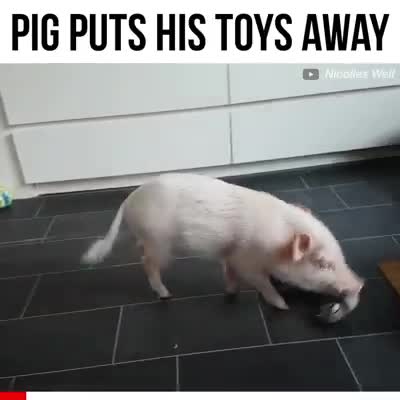


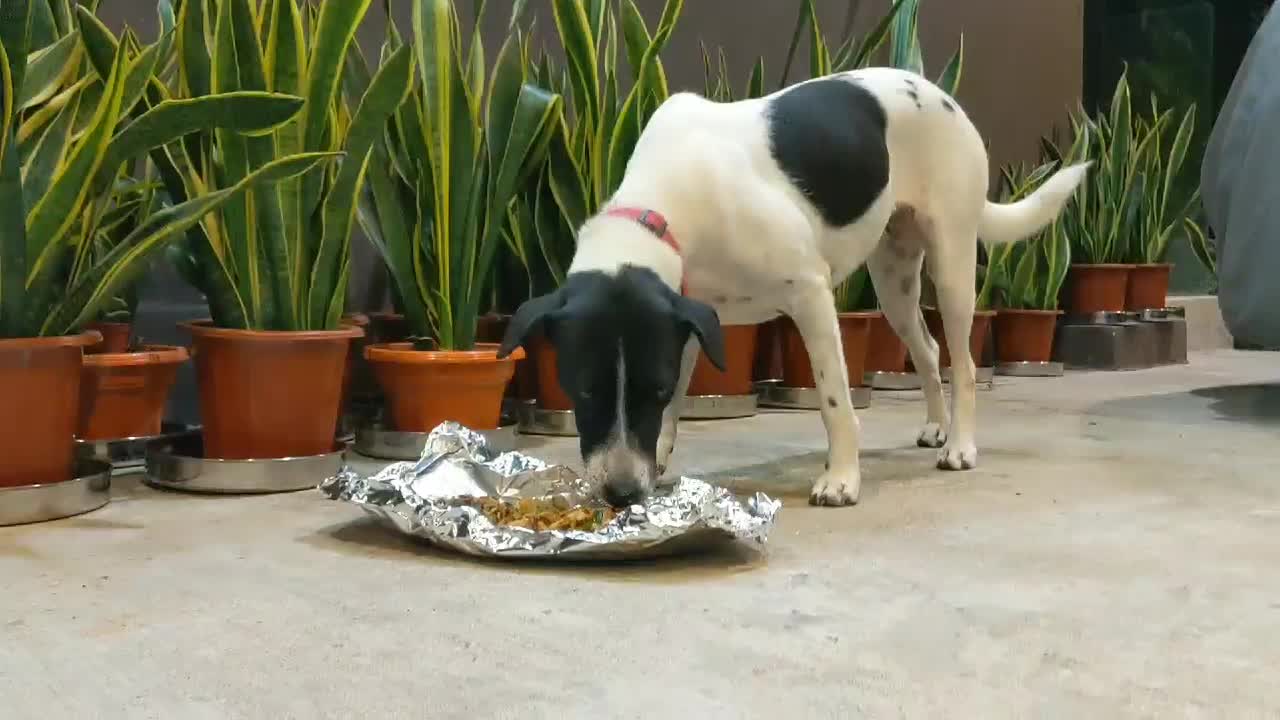
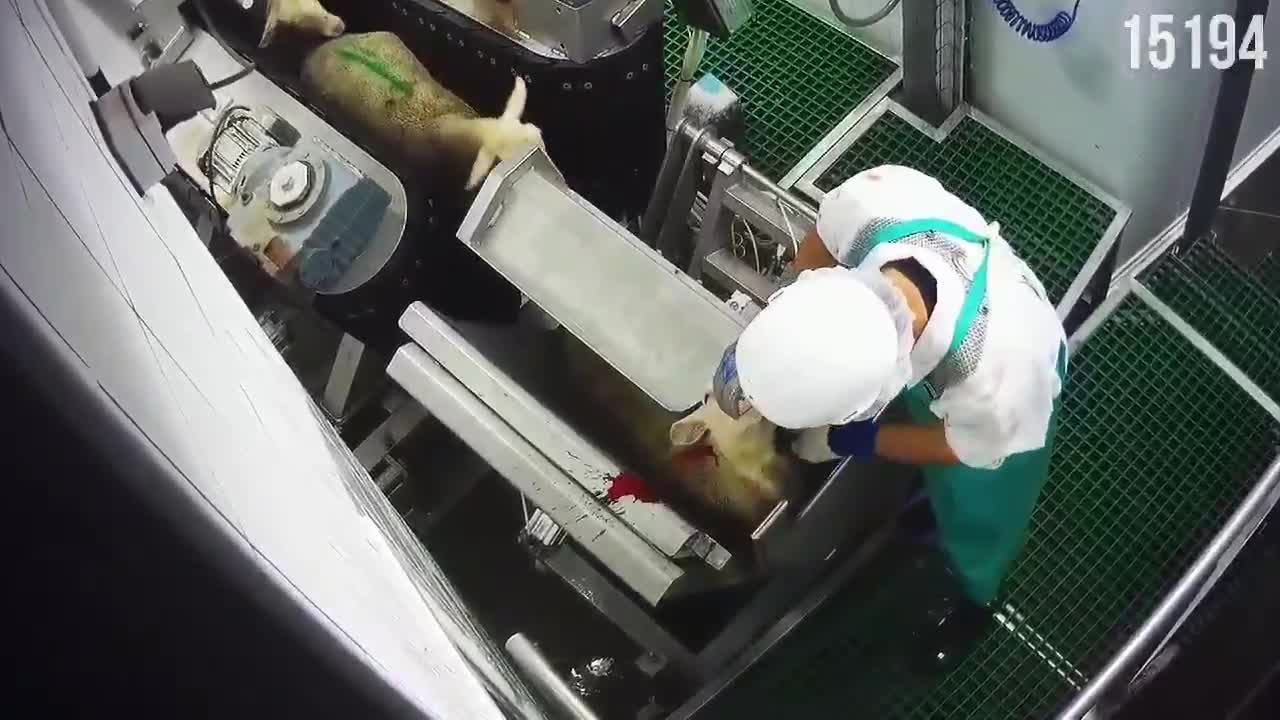

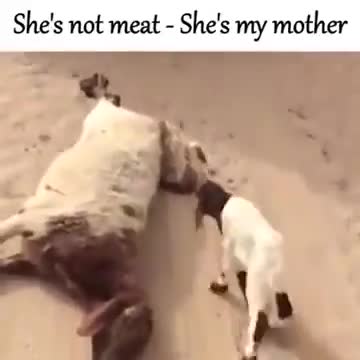
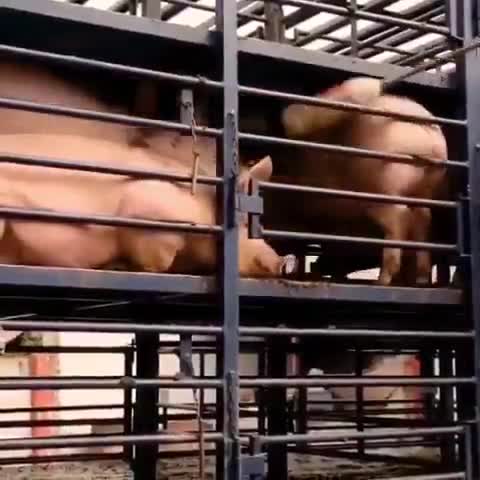

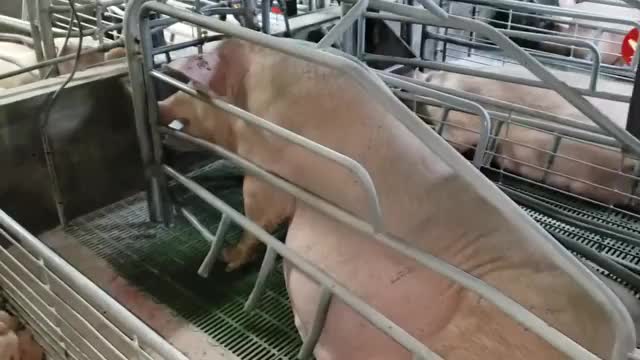



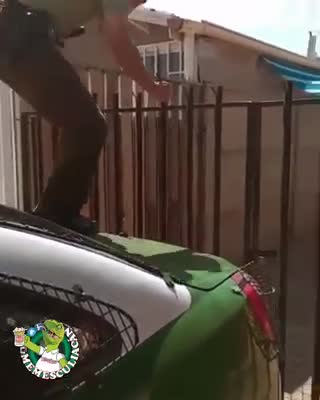
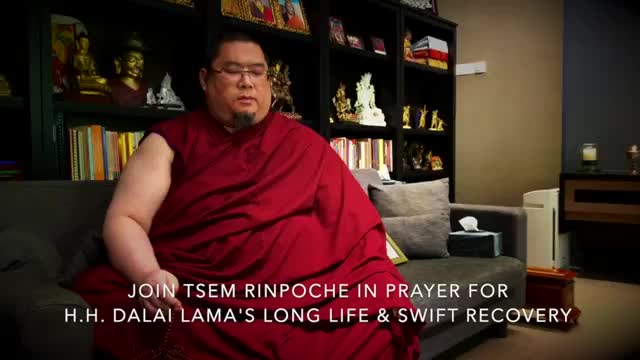

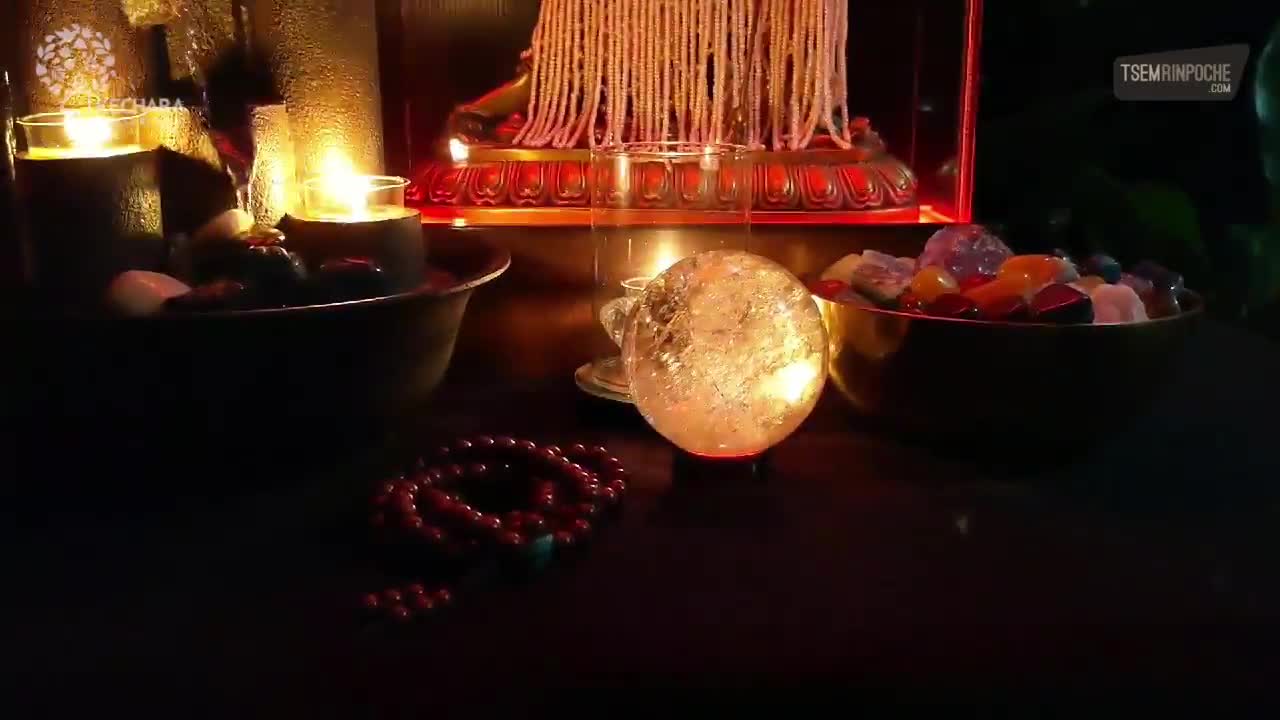


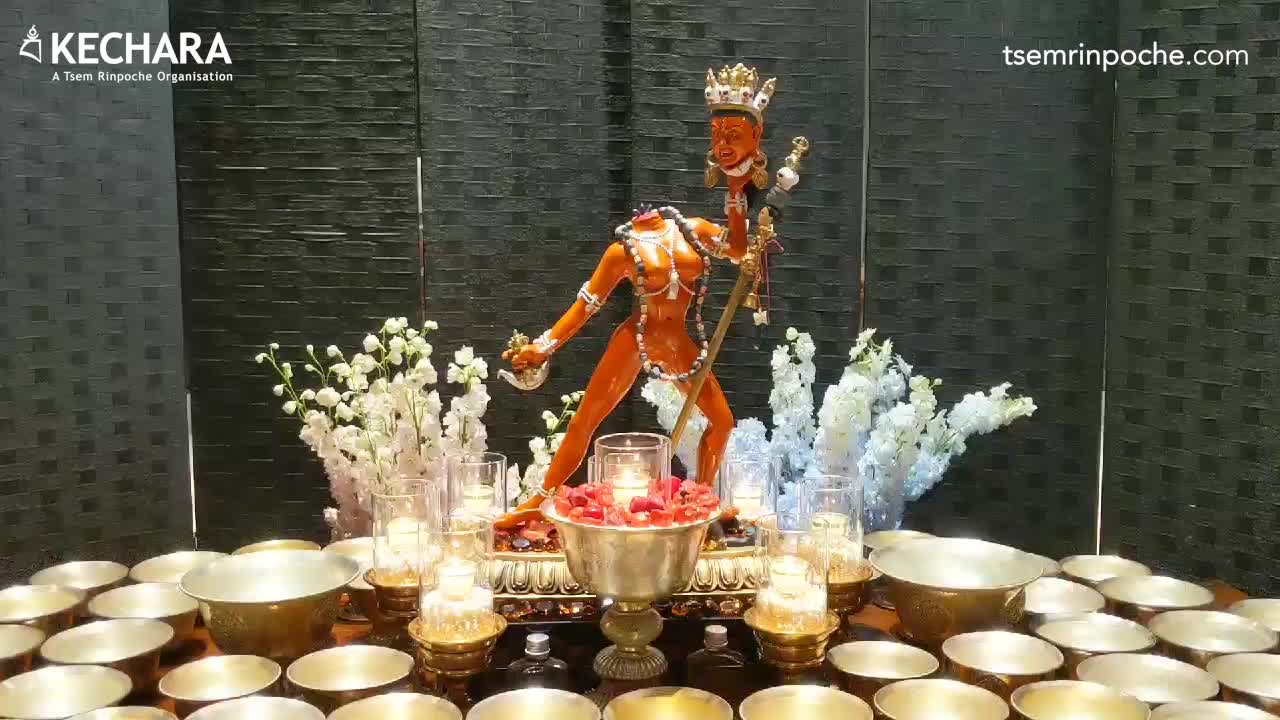













































































Small-scale gardening has benefits that simply are not achieved by huge plots of vegetable plants or perfectly manicured yards. As with everything in life, container gardening has a few disadvantages, but the positive aspects far outweigh them. Here are some of them:
– Container gardens are great for beginners. If things do not work out and the plants die, no one has to patch and re-seed the lawn. In fact, you won’t need a lawn at all.
– If a plant in a container garden gets a disease, like a fungus, then it is less likely to spread to all other plants in the garden. It is also much easier to treat plants in a container garden for pests.
– Unlike a regular garden or other lawn chores, there is less back pain involved with a container garden. Just tailor the height of the containers to something that allows you to work comfortably while either sitting or standing.
– Container gardening makes it easier to save seeds used to create future plants or share with other gardening enthusiasts.
– Growing things in containers allow for portability. Some container gardeners even bring their plants indoors during cooler months to keep the plants alive throughout the entire year. Nothing says home like a garden, and if you move then you can take your container garden with you to your new home.
– The variety of containers available to you allows you to design your small-scale garden in a way that both fits your needs and complements your unique personality. Indoor container gardens are a wonderful addition to any room’s interior design.
– Wildlife is less likely to dine on plants in your container garden. – Neighborhood pets off the leash are less likely to trample through a container garden, and chances are they will not use it as a place to do their personal business.
– Container gardens are extremely kid-friendly and are a great way to spend time together as a family or introduce the hobby to your little ones. When my children took up the hobby, their eating habits improved. The magic of growing something from tiny seedlings to ripe produce had them eager to try different varieties of fruits and vegetables that they previously shunned.
Disadvantages of Container Gardening
There are few drawbacks to container gardening. It limits the size of your growing space to the size of your container. If you plan on doing a lot of canning or have a large family, then perhaps your container garden would be better used for things like edible flowers used in gourmet salad or herbs for cooking. Small-scale gardens also mean more frequent upkeep. Because the soil is limited to the size of the container, so is the moisture in the soil. This means you could find yourself having to water the plants more often. Frequent watering can potentially drain vital nutrients from the soil, so you may also have to fertilize plants in container gardens more often than you would ones planted in the bare earth. Depending on the size and type of containers you use, this could also add to the initial start-up costs.
I would like to express my thanks for sharing this wonderful article.Everyone likes healthy foods and organic style.Growing vegetables doesn’t really need a lot of space or time if we understand the plants well.
Not only growing our vegetables are healthier,it is a good way to save some money.This method also will be easier for produce some herbs.
Growing our own food teaches us many things in life. Despite having the necessary skills and knowledge to grow different types of vege or fruit, the most important thing that I’ve learnt is – there’s no short cut in gardening. Yes, I must repeat this again, THERE’S NO SHORT CUT! (The same in our life too!) I just have to be patience and to put lots of love in watching them growing! Yes, with lots of love too! I find that if possible, try to spend sometime out to look at them everyday. Somehow, they will grow nicely?.
I have few more suggestions here:
1. If possible try to have bigger pots for more produce, so that it’s enough for a decent meal. (Unless you wanna to try your hand in gardening only)
2. Vege like turmeric and ginger, it’s good to erect some netting or put a bamboo for support. They can grow very high. As mentioned in the article, best to water them twice daily. They need plenty of water and some sun rays. P/s: I didn’t know that black pots will absorb heat more. Thanks for that tip!
3. Some leafy vege can get out of hand fast as they can spread far and wide. We should trim them or rearrange their stem as they grow.
4. It’s best to plant vege or fruit that you wanna eat because too many plants will invite mozzies. Believe me, planting lemongrass won’t help that much!
5. There’s another way of planting vege using water. I haven’t tried that out but I think it’s worth mentioning here.
Last but not least, enjoy the process. It doesn’t matter how it turns out to be but at least we have put our effort in it. Indoor gardening is just as fun as having it outside. Sharing my “daun Kaduk”. I love this one as normally I’ll stir fry it.
This is great idea!? Very creative and practical too! ?Many people live in the high rise buildings nowadays and will usually avoid any plantation. But planting in small container is convenient and very manageable. Thank you very much Rinpoche and blog team for sharing this wonderful ideas for indoor planting??☘️??☀️?
Wow…. That’s a good idea and general knowledge how to plants our own vegetables or any plants even though we are staying in high rising condominiums or small grounded house where there is lack of space. There are some plants that are most likely to grow easily on a balcony which can grow in pots and easy to manage for own consumption. Many veggies and herbs can be grown with limited soil and space. Living in an apartment or so we still can create a container garden, or cultivate a home garden too. Growing our own food connects us with what we’re eating, and it also have nutritional benefits too.
Thank Rinpoche for this wonderful sharing.
This is great idea. Many people live in the high rise buildings nowadays and will usually avoid any plantation. But planting in small container is convenient and very manageable. We can plant some herbs and we can use it for our cooking too. Everyone likes healthy food and organic style. With this method, we can at least produce some easy to plant herbs, and leafy vegetables. Also it is a healthy hobby to engage too. 🙂
Many people around the world are fascinated in gardening because of its so much useful to them. People actually pick it has a hobby just and to spend their time in garden. I‘m too actually very crazy of gardening, where ever or ever about I travel or move around I just like to admire gardens with pots and plants, colourful and pretty flowers, fruit trees and greenery vegetables.
My passion towards gardening is extremely beyond control where I used to rent space, clean the compound, fertile the soil and finally plant flowers, fruit trees and vegetables. I found it more adventurous, fun, and healthy spending time in garden besides is also an excellent opportunity to try new healthy foods. Most importantly gardening requires some patience.
A beautiful article that cross my mind with a lot of happening and recalling my days in garden being rather simple through container gardening. Finding a lot of options, ideas which is very unique and innovating to have a garden in a small space home, perfectly adequately and very inspiring. I would like to thanks Tsem Rinpoche for his wonderful thought of sharing.
People are getting more health conscious nowadays, they want to eat healthy and live healthy. The vegetables we get from the market sometimes are full of pesticide which is harmful to us. Hence, if we can grow our own vegetable, it will be the best.
You may be living in the city with minimal space, perhaps you don’t even have a backyard but it does not mean you cannot grow your own vegetables. This article is a very good beginner guide for people who wants to head towards a healthy living style. Growing vegetables doesn’t really need a lot of space or time if we understand the plants well.
Not only growing our vegetables are healthier, it is a good way to save some money and it can help us to build a better relationship with people around us. How? When we have surplus, we can always give the vegetables away to our friends or neighbours, most people will appreciate this nice gesture and this is how our relationship with them will become closer.